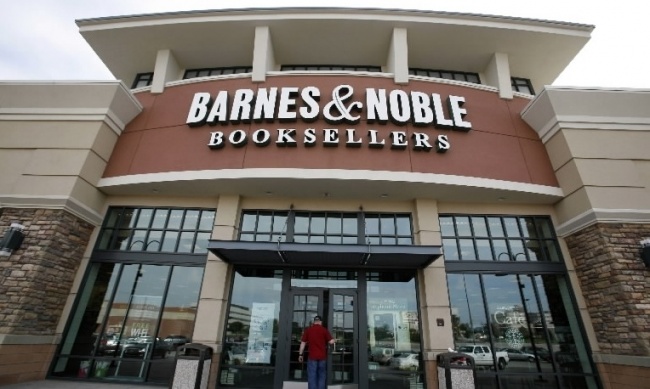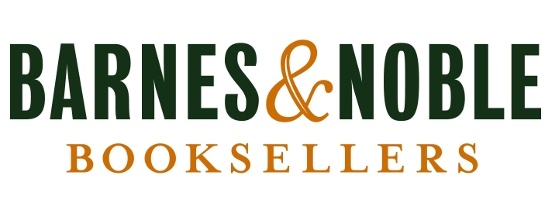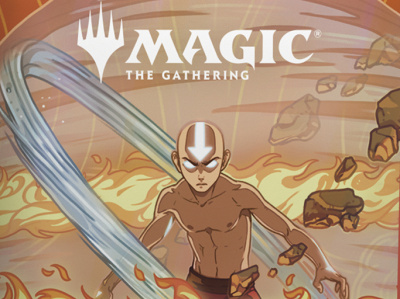Sales for the fiscal year that ended April 30 were $4.16 billion, down 3.1%, after a somewhat surprising 3.7% decline for the final quarter. The company lost $30.6 million for the quarter, down from $3 million in the year ago period, and had a profit of $14.7 million for the year, down from a $32.9 million profit in the prior year.
At the company’s investor day (as transcribed by Seeking Alpha), B&N executives laid out the company’s plans for the future, with perhaps the most interesting market information provided by CEO Ron Boire, who told analysts that recent research showed that young adults were more likely to read books than older consumers. According to a report by Pew Research, 80% of adults in that age group have read a book in the last year, compared to 72% of all adults. In the same context, Boire also spoke of “digital blowback.”
“I believe there is also an emerging trend of returning to physical ownership and physical experience which I call digital blowback, in which people want to own and touch a physical object, whether it be a beautiful, artistic book cover or a great album jacket and a piece of vinyl,” Boire said.
Boire said B&N estimates that about 15% of consumer book sales are digital, and that the company has about a 20% share of the physical book market, and 9% of the digital market.
Geek categories continued to be strong contributors, a trend which has been ongoing in multiple chain retailers for some time (see “Growth of Geek Driving Sales in Chains”).
B&N doubled the space for graphic novels and manga in its stores in the last fiscal year, and plans for next year include continuing to grow business in the graphic novel category “through increases in assortment choices and compelling promotions," according to Chief Merchandising Officer Mary Amicucci.
Toys and games have expanded to 7% of the company’s business, she said. We applied that percentage to sales, and that produces roughly $280 million in annual toy and game sales by the chain.
B&N had previously announced that it is going to be opening stores with a new concept, but has now revealed their locations and some details about differences from existing stores. The new stores will be located in Eastchester, New York; Edina, Minnesota; Folsom, California; and in Loudoun County, Virginia. The company is emphasizing community chain-wide, and community will play a big role in this new concept, with increased customer seating areas, despite a floor space that is 20-25% smaller than current stores. Sales will be supported by a new mobile app that will include store-specific locators that will direct customers to specific titles within the stores. Booksellers will be carrying tablets, and customers can text booksellers for help.
As geek culture retailers have known for some time, creating an in-store community helps defend against online competition, and B&N is now coming to a similar realization. The company has been expanding events, including many with geek themes (see “Barnes & Noble Expands Game Events to All 640 Stores” and “B&N Plans ‘Batman v Superman’ Day”), and plans to continue to do so.
“These one-of-a-kind events are a key differentiator for us in providing experiences that engage our customers and they cannot be replicated online,” Amicucci said.
Other new initiatives for the chain include expanded food and drink offerings, including beer and wine and tableside service in its cafes; a reorganization of adult trade books to improve discoverability; “For the Artist” shops, which will offer art supplies to expand coloring book customers into new art categories, in 200 stores; and hyper-local merchandise assortments tailored strongly to local tastes in 50 stores.
The moves reflect four goals identified by Fiore as key for the new fiscal year: cutting Nook losses (the unit lost over $98 million in the last year), growing bookstore and online sales, reducing overhead, and growing the company’s membership base to 80% of revenue.
The company is projecting comparable store sales of flat to up 1% for the next fiscal year.









